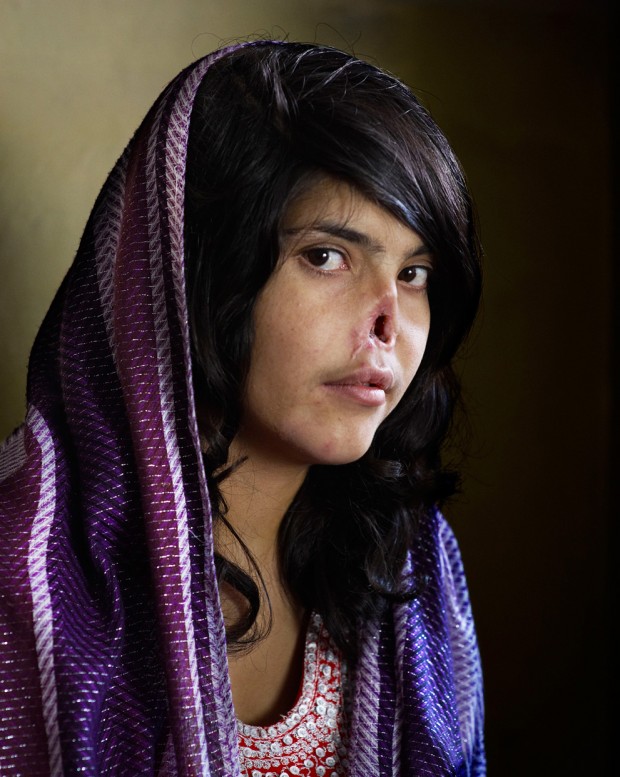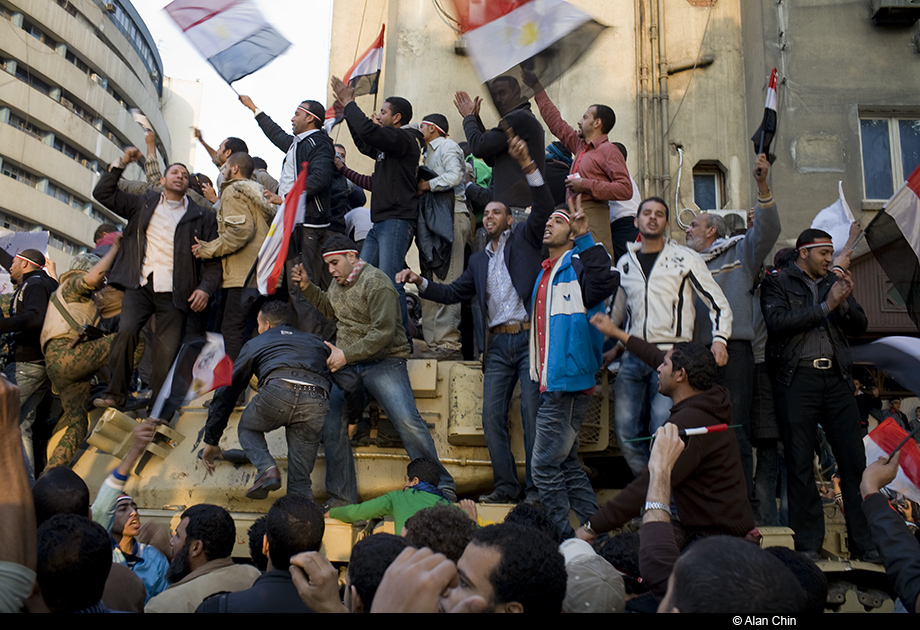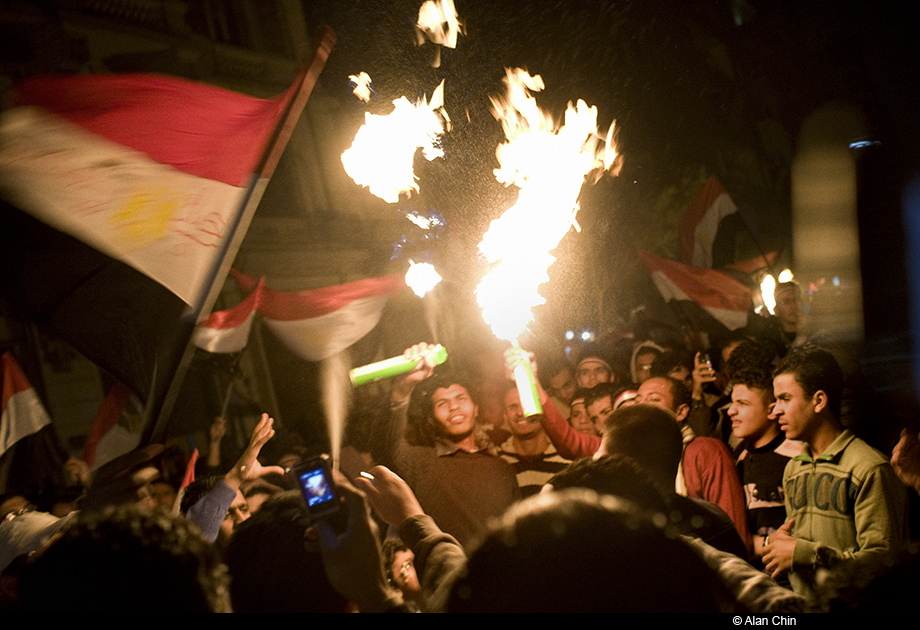Notes
What's Wrong with the World Press Choice of "Photo of the Year"?
If the selection of Jodi Bieber’s photo of Aisha as the editorial photo of the year is meant to focus our minds on the plight of Afghan women in the context of the war, I’ve got some problems.
In terms of its “media life” first of all, it’s almost impossible to consider Jodi’s photograph without being effected (or infected) by the tsunami-of-a controversy it generated based on its use and abuse on the cover of TIME last August. (Driving home this point, notice how the HuffPo post on the World Press award actually ran the TIME cover instead of the photo itself. ) Approaching this photograph now, the political and media waves that were generated makes Aisha as much as a reminder of TIME’s exploitation of the photo as it is a portrait of Aishal itself (and makes we wonder a little bit also if this selection wasn’t partly a backlash against that controversy?)
This is not to say, however, that Ms. Bieber’s striking photo should be solely penalized as top prize winner, or my critique hinged on the impact of the TIME controversy. Given the photo alone, however, the question I have to ask myself is: how much is the photo a window into Aisha’s life and past circumstances as opposed to a mirror reflecting the eye of the media as informed by the interests and tastes of the Western visual media consumer?
As I settle (or escape) into the rest of the picture after the sight and shock of the crater, I find the photo doing less to draw me into the war, or thoughts about Aisha’s life, or into a connection with all the other Afghan women Aisha is meant to symbolize than I’m drawn to the luster of Bibi’s hair, the sweet light on Bibi’s cheek and its elegant curve, and the shimmer and richness of Bibi’s shawl — all elements evoking, rather than transcending, what my academic friends call “tropes” of the Western media — an instinctive database cataloged by the alluring and sensual female gaze, the headshot, and, yes, (possibly TIME, but more possibly Glamour) cover poses.
If it was the intention of the jury was to call out Aisha as a figure caught between the ideology of the Taliban and the the quasi-humanitarian intervention of the U.S. Military, or for expressing Aisha’s transformation from a symbol of Afghan suppression to a happy and healthy resident of the media-savvy and looks-conscious United States, I would be standing up and cheering this award right now. That the jurors called out the photo, though, as one of those ‘top ten pictures of girls we will always remember,’ framing Aisha as an “it-girl,” as it were (and now someone’s media cousin) as well as a poignant and powerful image of so many women women living “in miserable conditions,” I see the former all too well and the latter, well, obscured by the trappings.
See my original, more media-centric critique of the TIME cover here.
(photo: Jodie Bieber/AP/Institute for Artist Management/Goodman Gallery for Time magazine. Atlantic caption: In this image, the winner of the World Press Photo Contest 2011 by Jodi Bieber, South Africa, Institute for Artist Management for Time magazine, is Bibi Aisha, an 18-year-old woman from Oruzgan province in Afghanistan, who fled back to her family home from her husband’s house, complaining of violent treatment. The Taliban arrived one night, demanding Bibi be handed over to face justice. After a Taliban commander pronounced his verdict, Bibi’s brother-in-law held her down and her husband sliced off her ears and then cut off her nose. Bibi was abandoned, but later rescued by aid workers and the American military. After time in a women’s refuge in Kabul, she was taken to America, where she received counseling and reconstructive surgery. Bibi Aisha now lives in the US.)



Reactions
Comments Powered by Disqus